Peanuts are easy to grow at home because they require little maintenance. You can either plant hulled peanuts or shell them first when it comes to planting. Make sure to preserve the thin, pink/brown layer that covers the seed if you decide to unhull the peanuts. This is essential. Your seeds won't sprout otherwise. Here are 6 Simple Steps to Grow Your Own Peanuts at Home
Other Topics You Might Like
Helpful Products You Might Like
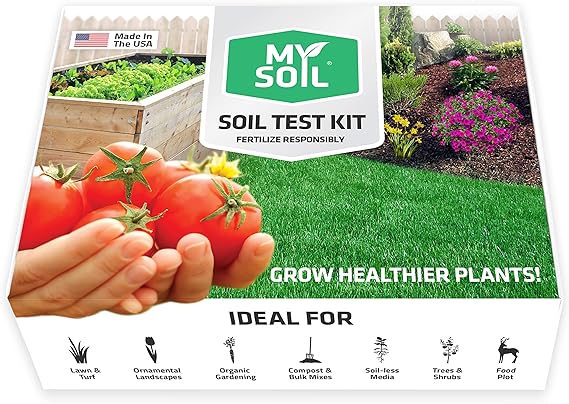
MySoil - Soil Test Kit Grow The Best Lawn & Garden
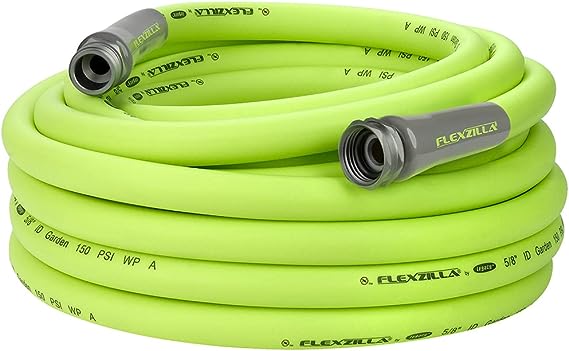
Flexzilla Heavy Duty
Garden Hose
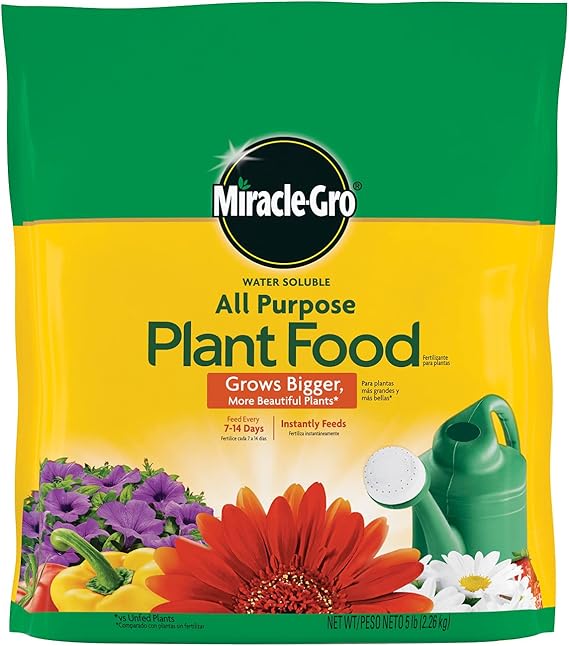
Miracle-Gro Water Soluble All Purpose Plant Food
"(Paid Links)" 
What Are Peanut Plants?
Peanuts, also called groundnuts, are a type of legume, similar to chickpeas and lentils, and are produced by the peanut plant (Rachis hypogea). The whole plant may stretch out horizontally or reach a height of six to thirty inches. In order to generate seeds, peanuts will burrow a few inches under the ground and develop self-pollinating yellow blossoms. Clusters of developing peanuts will form from these seeds, or "pegs," and will continue to grow until they are ready to be harvested.
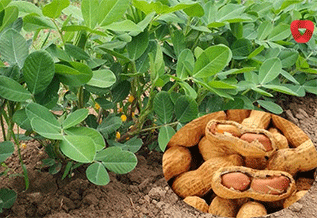
How to Grow Peanuts
Growing peanuts is a relatively low-maintenance gardening task, but you can follow some important steps to produce the best results.
Select a growing location with direct sunlight
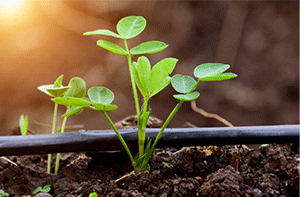
Plants should be placed in raised garden beds or in a section of your garden that will receive lots of sunlight throughout the year. Planting peanut seeds in a potting soil container next to a window will give you an early start if you live in an area where the last frost of the year lasts into the peanut growth season.
Purchase peanut seeds from a garden center
While grocery store-bought raw peanuts might work for peanut plants, seeds from your neighborhood garden center will give you the best chance of a high-yield crop. Buying seeds from a garden center reduces the possibility that the seeds were prepared for human consumption rather for planting.
Remove the kernels from their shells
Be careful not to damage the protective skin that surrounds the kernels when you carefully remove them from their hard outer shells.
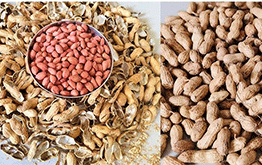
Plant the kernels in well-draining soil
Organize the kernels into rows around three feet apart. Make tiny, two-inch-deep holes in the earth with your finger. Make careful to leave a six-inch gap between each kernel as you proceed along each row.
Maintain adequate soil moisture
Sand soil that retains moisture and drains well is ideal for peanut plants. To keep the soil moist without making it muddy or soggy, water the peanut plants on a regular basis. Peanuts will improve the fertility of the soil for other plants growing nearby because they are nitrogen-fixing plants, which means they create their own nitrogen.
Surround the plant with excess soil and mulch
Once the plants have matured to one foot tall in height, you can surround the plant with small hills of soil or use composted organic matter as mulch. These hills will prevent weeds from sprouting up around the plant and give the burrowing pegs an easy transition into the soil to seed. You can add further protection to your peanut plants by amending your native soil with calcium and gypsum to promote healthy growth.
